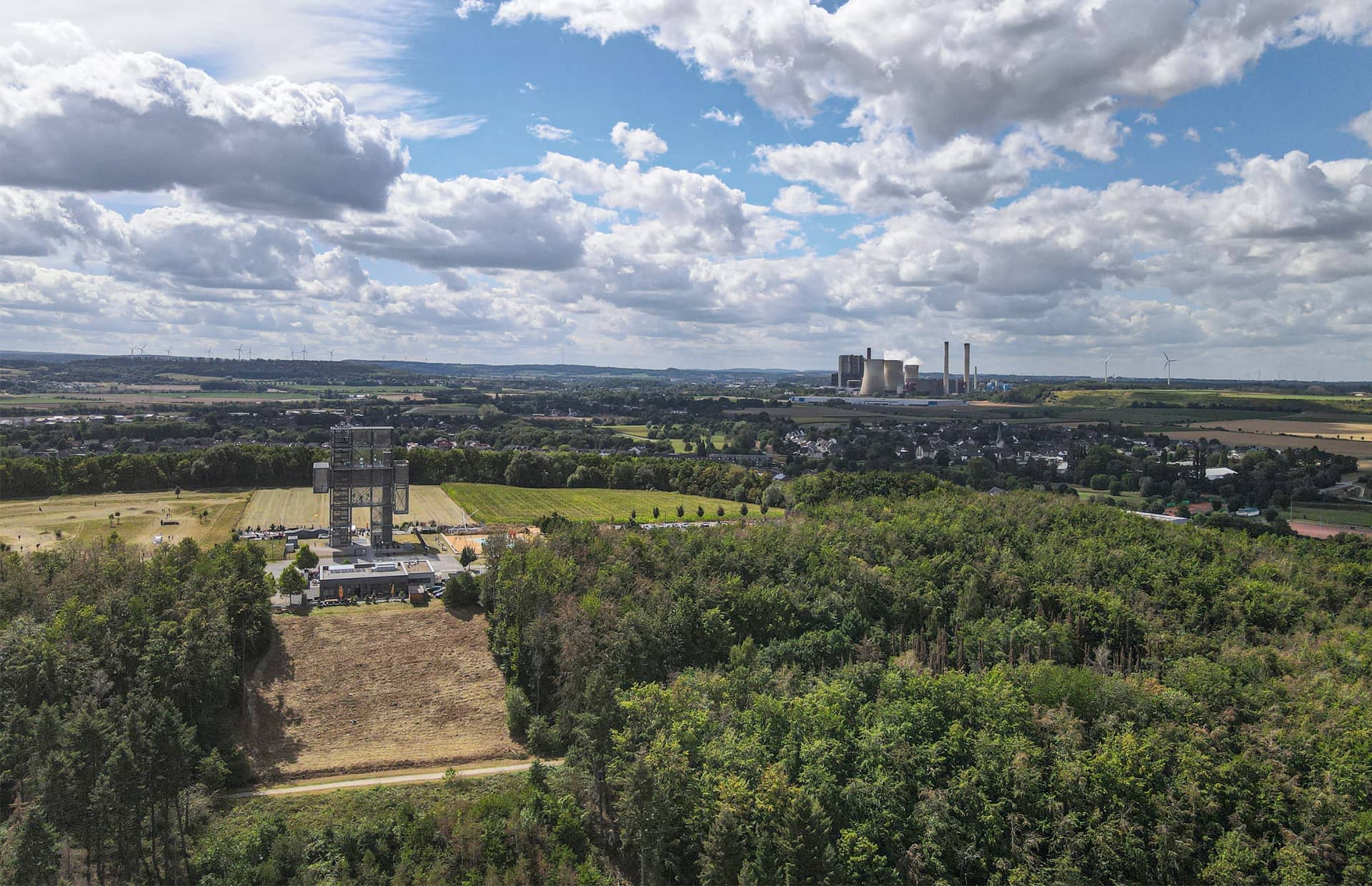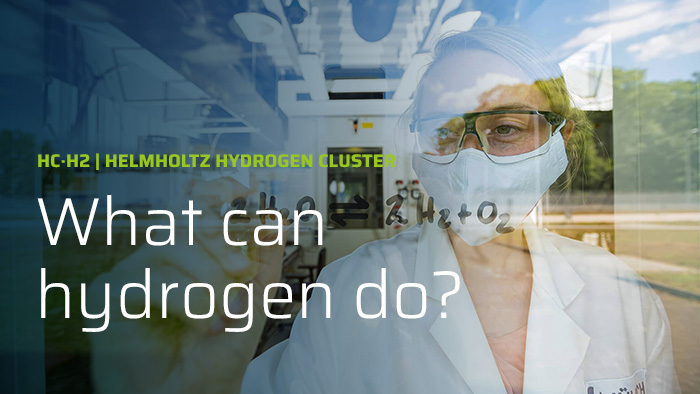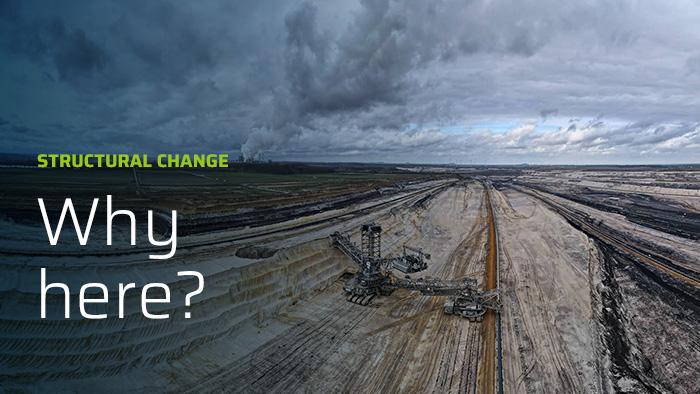“Establishment of a Helmholtz Cluster for Sustainable and Infrastructure-Compatible Hydrogen Economy at Forschungszentrum Jülich including the development of research utilization chains”
This is what it says in Germany’s “Structural Strengthening Act for Coal Regions” which was passed in 2020. The aim of the Structural Strengthening Act is to create new jobs in future-oriented and climate-friendly industry sectors in an area where jobs are being lost because Germany is phasing out lignite as an energy source. That is exactly what we want to achieve in the middle of the Rhenish mining area, the largest of the five lignite mining areas in Germany.
The German Federal Ministry of Education and Research and the federal state of North Rhine-Westphalia are funding the Helmholtz Cluster for a Sustainable and Infrastructure-Compatible Hydrogen Economy (HC-H2) to the tune of € 860 million until 2038. Spread over the next 16 years, the € 860 million will be used to establish both the Institute for a Sustainable Hydrogen Economy (INW) at Forschungszentrum Jülich as well as HC-H2. INW is currently in a ramp-up phase and will consist of four institute areas in 2025. Those institute areas focus on the different stages of development of new technologies, starting with basic research at the atomic and molecular level, through the laboratory scale, to the operational system.
The funding will also be used to realize demonstration projects planned throughout the Rhenish mining area. INW’s cooperation with partners from research, industry, and business will take place under the umbrella of HC-H2. Here, the partners want to demonstrate on an industrial scale that new innovative hydrogen technologies make the hoped-for contribution to climate protection and are economically lucrative at the same time. Apart from fighting climate change, the funding of demonstration projects creates new jobs. The ultimate goal of those demonstration projects is to turn the Rhenish mining area into a lighthouse visible from all over the world, showing the way to the climate-friendly energy industry of the future with its new technologies.
The first project, called Multi-SOFC in Erkelenz, has started, and further projects are on the horizon.




